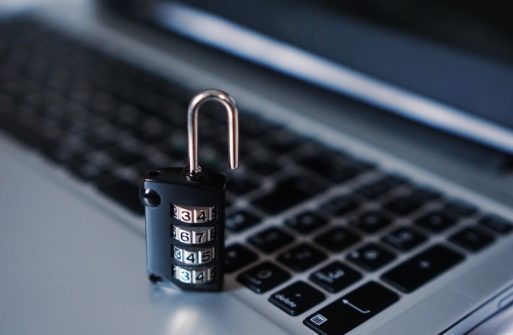
Credit: pixabay.com
Identity theft is an agonizing burden that affects millions of people around the world every day. Unfortunately, identity thieves can also deal this cruel blow to bereaved families.
Criminals use a practice known as “ghosting” to open new bank accounts, apply for loans, file false tax returns and reap health care benefits using the identity of people who have died. Fraud prevention firm ID Analytics estimates that ghosting involves about 2.5 million deceased individuals per year. Further, the Internal Revenue Service notes that annual refunds from bogus tax returns filed by ghosters total about $5 billion.
Identity crooks typically have ample time to conduct their ghosting attempts. According to the Identity Theft Resource Center, the Social Security Administration sends its Death Master File out to financial institutions. However, it is usually many months before the data is transmitted and received. Thus, any account that is in the master death notification file will remain open until the financial institution receives word that its client has died. Compounding this problem is the fact that many families don’t check their loved ones’ credit reports after their death.
According to AARP, thieves can also get your loved one’s personal information from hospitals, funeral homes and obituaries. All they need to illegally purchase a person’s Social Security number online is their name, address and birth date.
Melanie Medina of Identity Force notes that bereaved family members are often harassed by collection agencies or become targets themselves. The identity thieves can also cause issues for surviving spouses by draining their bank accounts and creating major tax and credit problems.

Credit: pixabay.com
Steps to Prevent Ghosting
There are numerous steps you can take to protect your loved one’s identity and assets after death. These include:
-Notify both the IRS and SSA with a death certificate of your loved one who has died.
-Send copies of the death certificate to credit reporting agencies and ask them to put a “deceased alert” on your loved ones’ credit report.
-Periodically review your loved one’s credit report for any suspicious activity.
-Keep your loved one’s obituary free of any potentially harmful information such as their birth date, address, mother’s maiden name or any other pertinent details.
-Cancel their driver’s license. Identity thieves could potentially acquire duplicates and use them for any number of illegal activities.
-Notify any insurance companies where your loved one had a policy, including auto, life, home, health, etc.
Ghosting is a problem that affects many families who are already dealing with the grief of losing a loved one. With our ever-changing technological landscape, it is more important now than ever to try to prevent ghosting and its fallout.

 “Ghosting” Is a Frightening Form of Identity Theft
“Ghosting” Is a Frightening Form of Identity Theft



 How to Comfort A Dying Loved One
How to Comfort A Dying Loved One
 Our Annual Seven Holiday Gifts for Someone Who Is Grieving, 2024 Edition
Our Annual Seven Holiday Gifts for Someone Who Is Grieving, 2024 Edition














